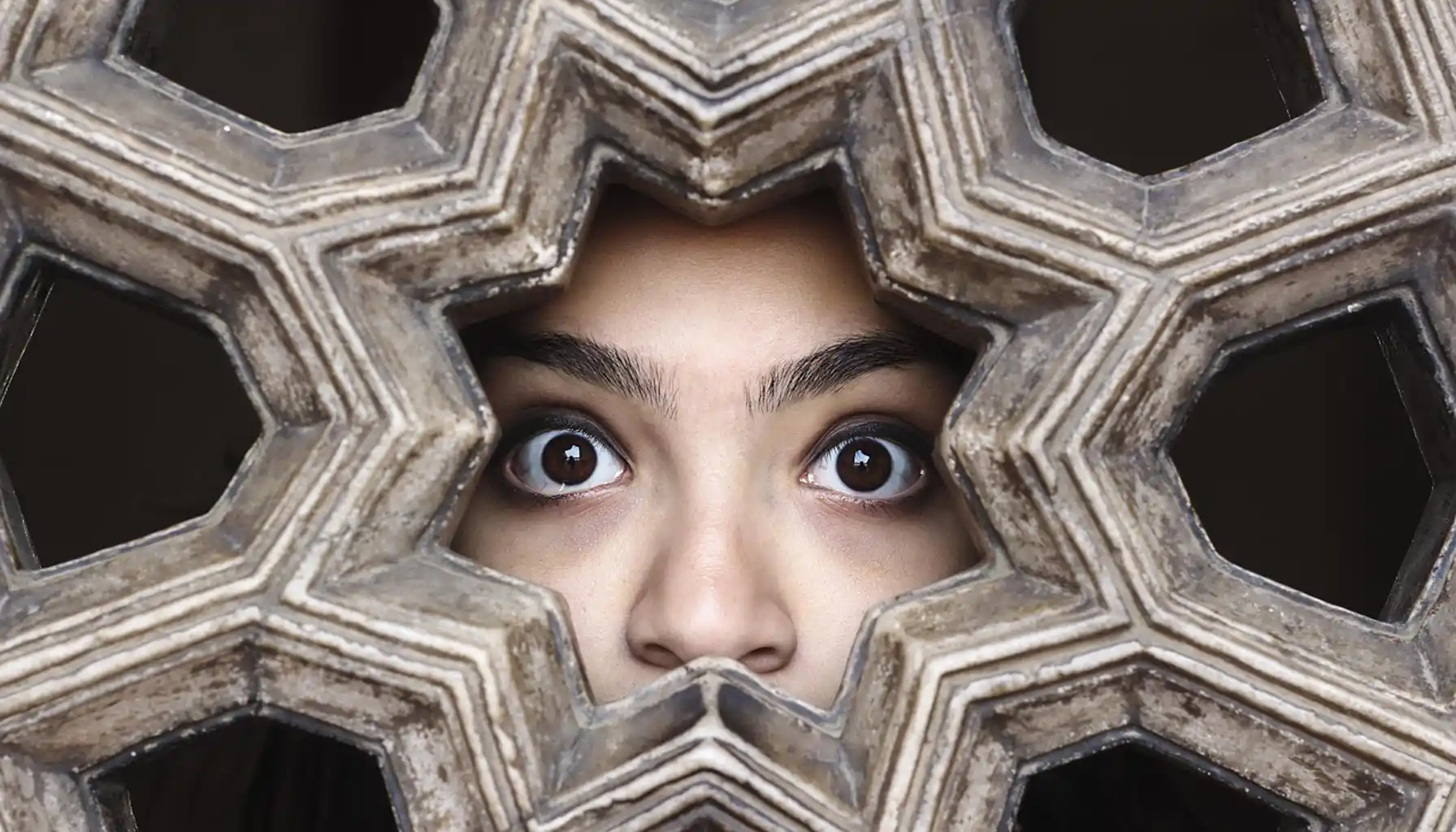Contents:
Fun brain games help us develop attention and cope better with stress, but there are conditions in which even familiar sources of knowledge become sources of fear.
One of these conditions is bibliophobia, known as the fear of books. Despite the fact that books are associated with education, culture and personal development, for some people they cause anxiety.

Bibliophobia Meaning and Definition
To answer the question “what is bibliophobia?”, it's important to turn to psychology. This condition falls into the category of anxiety disorders: it can be so difficult for a person that even touching a book or having to read something causes severe internal discomfort.
Bibliophobia definition is formulated as an irrational and obsessive fear of books and the process of reading;
This manifests itself differently in different people: some are afraid of all printed publications, others — only certain genres (for example, textbooks or religious literature).
There are cases when a person can calmly hold a book, but when trying to start reading, he is overcome by a panic attack.
Symptoms of the Fear of Books
The fear of books manifests itself not only on an emotional level. It has clear physiological and behavioral signs:
rapid heartbeat and trembling hands;
feeling of suffocation or shortness of breath;
dizziness, nausea;
panic when having to read aloud;
avoidance of schools, libraries and bookstores;
refusal to participate in educational and social events related to reading.
Level | Examples of Manifestations | Consequences |
Physiological | tachycardia, dizziness | constant fatigue |
Cognitive | thoughts like “I can’t cope” | low self-esteem |
Behavioral | avoiding libraries | limited education |
Bibliophobia Book and Personal Stories
Stories of those who have encountered this condition allow us to understand its nature more deeply. There is even a genre of bibliophobia books, where authors describe their experiences and ways to overcome fear.

Some memoirs, such as Bibliophobia: A Memoir, show that the origins of fear often lie in childhood: strict teachers, ridicule from classmates when reading aloud, or traumatic impressions from “scary” stories. Such memories help us better understand that fear doesn’t arise out of nowhere, but is associated with personal experience.
What is the Fear of Books in Psychology?
Psychologists explain that the question “what is the fear of books?” implies a phobia, not a simple dislike of reading. This is a phobia that comes with real physical symptoms.
The difference is that a person realizes the irrational nature of their fear, but cannot control it. Unlike a simple unwillingness to read, fear of books phobia disrupts everyday life: it interferes with studies, narrows social connections, and affects a career.
Causes and Risk Factors
The development of this phobia linked to several factors:
Genetic predisposition: if there are anxiety disorders in the family, the risk is higher.
Traumatic experience: humiliation when reading at school, too early exposure to difficult literature.
Neuropsychological characteristics: dyslexia or ADHD can provoke stress when reading.
Social attitudes: a strict school system, where reading mistakes are perceived as a “shame”.
Connection Between Bibliophobia and Other Phobias
Interestingly, the fear of books can be combined with other rare conditions. For example:
Cacophobia is an anxiety characterized by the fear of ugliness or unattractive objects;
Some patients also have a fear of long words or poetry, when a book is perceived as a source of a “threat” with a complex text;
In clinical practice, specialists sometimes note that such phobias arise from the subjective perception of appearance, environment or one’s own emotions. Among them, there is also such a fear as Arithmophobia.
A more detailed formulation is contained in the concept of cacophobia definition, which emphasizes: this is a fear of everything that is perceived as “ugly” or disgusting.

Diagnosis and Evaluation
To make a diagnosis, a doctor or psychotherapist is guided by several factors:
how long the fear lasts (at least six months);
does it interfere with studies, work, social life;
is it accompanied by panic attacks and physical symptoms;
is there a connection with injuries or education?
There are no tests that will confirm a phobia. The main tool is conversation and observation.
Treatment Options
Treatment is always tailored to the individual. Among the effective methods:
Cognitive behavioral therapy (CBT) — helps to recognize and change negative thoughts.
Exposure therapy — gradual habituation: from watching a book from afar to reading a few pages.
Hypnotherapy — used as an auxiliary method for working with deep emotions.
Medications — antidepressants and anxiolytics are prescribed only for severe anxiety
Living with this condition can be challenging, but it can be made easier. People find it helpful to have the support of loved ones, participate in therapeutic groups, and work with a psychologist. Confidence gradually builds and the ability to interact with texts again without fear appears.
Self-Help and Coping
In addition to therapy, there are strategies that help you cope on your own:
incorporating reading into your regular practice: 1–2 paragraphs in a comfortable environment;
keeping a diary — recording your emotions when interacting with books;
gradually broadening the range of “safe” texts: from short articles to stories;
working on personal attitudes: forming new habits and positive associations with reading.

Conclusion
Bibliophobia meaning goes beyond a simple dislike of reading — it’s an anxiety disorder that can seriously limit education, career, and personal life. But as experience shows, with the right approach, fear can be overcome.
If you or your loved ones recognize the symptoms described in yourself, it is better to consult a specialist. Modern methods of psychotherapy and support from those around you help gradually restore calm and learn to see books again as a source of knowledge, and not a threat.





